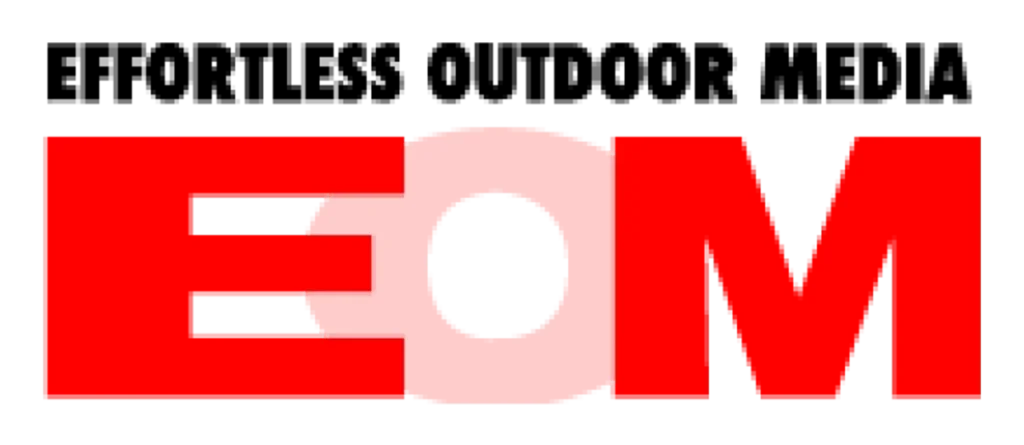Billboard Typography Wars: Serif vs. Sans-Serif in the Real World
Billboard fonts are one of the most overlooked elements in billboard design—and also one of the most important. Whether your message is seen for five seconds or fifteen, the choice of font can mean the difference between instant clarity and a missed opportunity. One of the biggest debates in outdoor advertising design? Serif vs. sans-serif.
In this post, we explore how the decision between these two font styles directly affects visibility, viewer retention, and ultimately, campaign success. Whether you’re designing for drivers at 70 mph or pedestrians on a busy sidewalk, your billboard fonts matter more than you might think.
What Are Serif and Sans-Serif Fonts?
Let’s start with the basics:
- Serif fonts include small decorative lines or “feet” at the ends of strokes (e.g., Times New Roman, Georgia).
- Sans-serif fonts are clean and minimalist, with no extra flourishes (e.g., Helvetica, Arial, Futura).
In long-form print—like books or newspapers—serif fonts are often used for readability. But in out-of-home (OOH) media, the design environment changes dramatically.
Why Billboard Fonts Must Work Fast
Unlike a magazine ad or website banner, a billboard is consumed at a distance and often in motion. Viewers don’t have time to interpret fancy lettering or squint at overly stylized design. The goal of any billboard font should be simple:
Be seen
Be read
Be remembered
Font choice directly impacts all three.
Serif Fonts in Outdoor Ads: Pros and Cons
Serif fonts carry a sense of tradition, elegance, and authority. Some high-end brands and professional services use them to convey trust and credibility.
Pros:
- Can feel upscale or established
- Helpful in reinforcing a premium or classic tone
- Stands out in minimalist, high-contrast layouts
Cons:
- Often harder to read at a distance
- Fine details can blur or disappear on large-scale formats
- Not ideal for fast-paced viewing or high-speed traffic zones
Best used when:
- The billboard is targeting foot traffic
- Messaging is short and the design is spacious
- The environment is less cluttered (e.g., rural, low-density)
Sans-Serif Fonts: The Clear Favorite for Speed and Impact
Sans-serif fonts are by far the most popular choice in billboard advertising. Their clean lines, open forms, and bold presence make them ideal for quick comprehension and high visibility.
Pros:
- Highly legible at long distances
- Easier to read in motion
- Performs better in digital billboard formats
- Works across a wider range of lighting and weather conditions
Cons:
- Can feel generic if not paired with strong branding
- May lack character or emotional tone if misused
Best used when:
- Ads target fast-moving drivers
- The message needs to be read in under five seconds
- You’re competing with visual clutter or dense urban settings
Font Weight, Size, and Spacing Matter Too
Choosing the right font is only step one. You also need to get the execution right. Here’s what to consider:
1. Weight (Thickness)
Bold fonts carry farther, especially in low light or weather conditions. Thin or ultra-light styles are often unreadable from a distance.
2. Size
Text should be scaled for visibility from at least 300 feet away. A good rule of thumb: 1 inch of letter height for every 10 feet of viewing distance.
3. Spacing
Tight letter spacing can make even great fonts hard to read. Leave breathing room between letters and lines—especially on digital screens or boards with heavy contrast.
Best Practices for Choosing Billboard Fonts
- Test legibility at scale. What looks sharp on a laptop might not work on a 48-foot board.
- Stick to one or two typefaces. Too many fonts = visual confusion.
- Avoid all-caps for long phrases. It’s harder to read and slows comprehension.
- Design for the environment. Consider the speed, lighting, and background behind your board.
Examples of Strong Billboard Fonts in Use
Some of the most commonly used and effective billboard fonts include:
- Helvetica – clean, universal, and extremely readable
- Impact – bold and compact, ideal for short statements
- Futura – geometric sans-serif with a modern feel
- Franklin Gothic – great for headlines and calls to action
- Montserrat – versatile, approachable sans-serif for modern branding
Each of these fonts has been stress-tested in the real world—and has delivered results.
Fonts That Drive Results
Choosing a font for your billboard isn’t just a design choice—it’s a strategic decision that affects visibility, comprehension, and ROI. Serif fonts can work in the right context, but in most cases, sans-serif fonts are the clear winner for fast, effective communication.
At Effortless Outdoor Media, we help brands not only select the right locations but also optimize every creative detail—including typography—to ensure maximum performance.
Want to make sure your next billboard gets read, not just seen?
Contact Bill Hobbs at Effortless Outdoor Media to build a campaign where every word works harder.
“If you are in need of expert advice and knowledge about billboards in the Atlanta market, Bill Hobbs brings tremendous value.” | From Dan Jape, Owner of RELIABLE HEATING AND AIR.



